Dec. 17th Event: The Latest on Omicron, Boosters, and Immunity
Kira Peikoff was the editor-in-chief of Leaps.org from 2017 to 2021. As a journalist, her work has appeared in The New York Times, Newsweek, Nautilus, Popular Mechanics, The New York Academy of Sciences, and other outlets. She is also the author of four suspense novels that explore controversial issues arising from scientific innovation: Living Proof, No Time to Die, Die Again Tomorrow, and Mother Knows Best. Peikoff holds a B.A. in Journalism from New York University and an M.S. in Bioethics from Columbia University. She lives in New Jersey with her husband and two young sons. Follow her on Twitter @KiraPeikoff.

The Omicron variant poses new uncertainty for the vaccines, which four leading experts will address during our virtual event on December 17th, 2021.
This virtual event will convene leading scientific and medical experts to discuss the most pressing questions around the new Omicron variant, including what we know so far about its ability to evade COVID-19 vaccines, the role of boosters in eliciting heightened immunity, and the science behind variants and vaccines. A public Q&A will follow the expert discussion.
EVENT INFORMATION:
Date: Friday Dec 17, 2021
2:00pm - 3:30pm EST
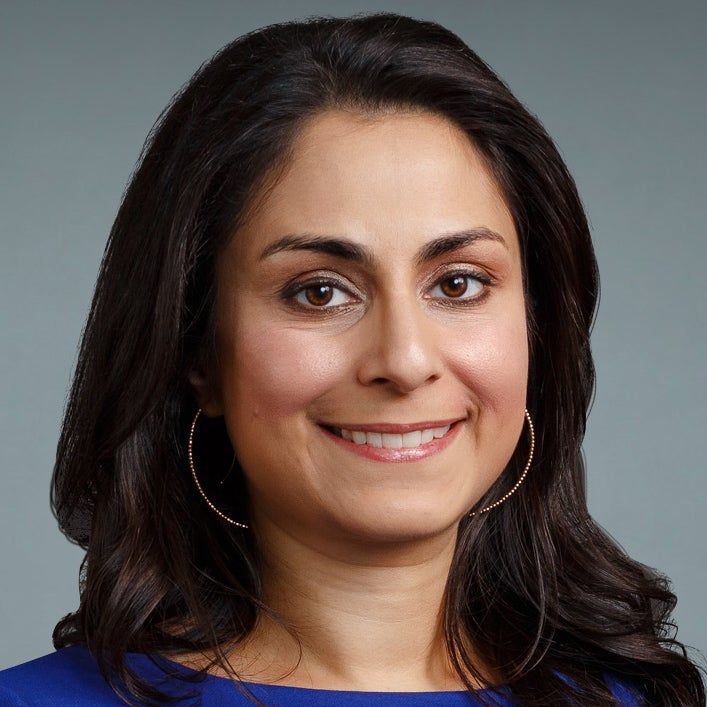
Dr. Céline Gounder, MD, ScM, is the CEO/President/Founder of Just Human Productions, a non-profit multimedia organization. She is also the host and producer of American Diagnosis, a podcast on health and social justice, and Epidemic, a podcast about infectious disease epidemics and pandemics. She served on the Biden-Harris Transition COVID-19 Advisory Board.
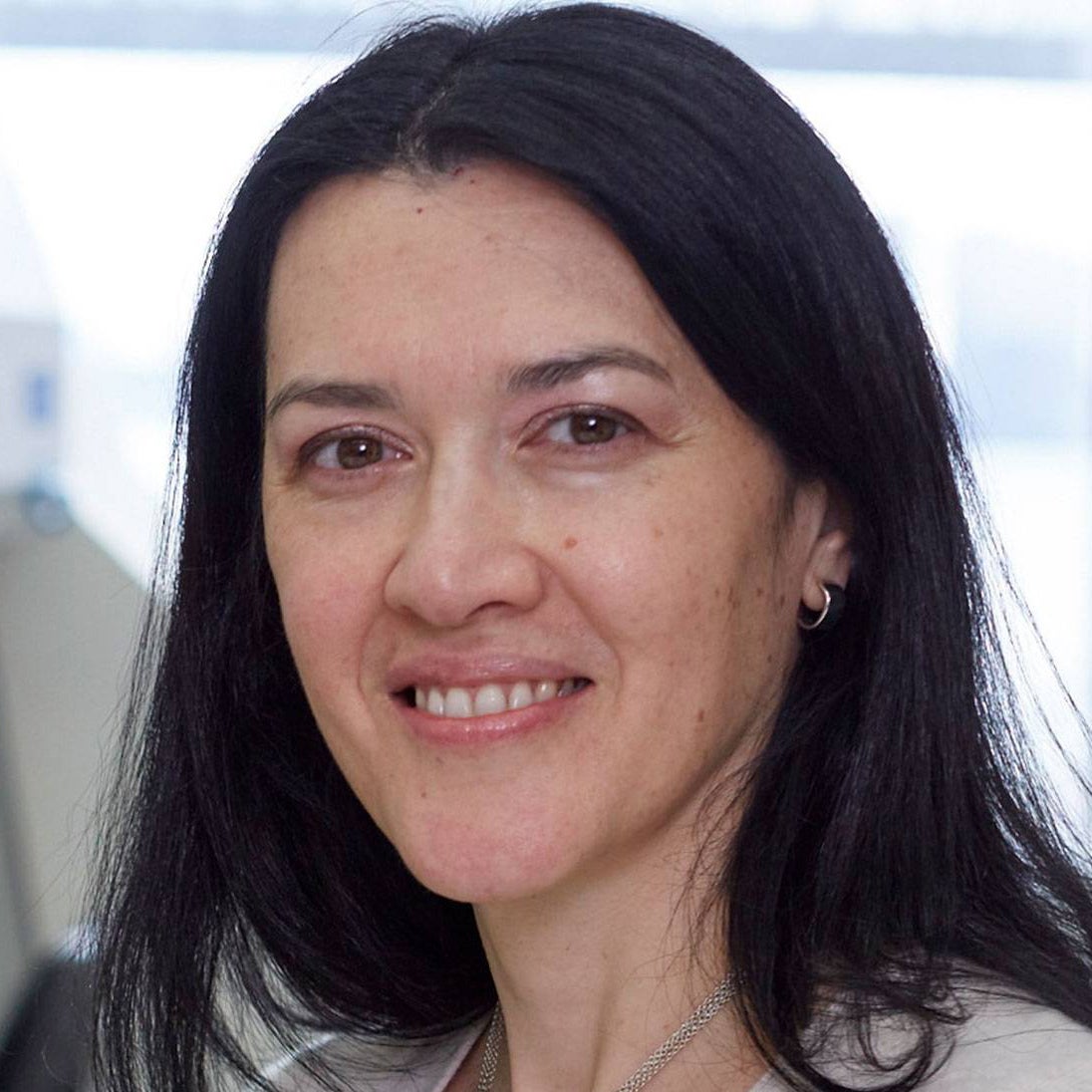 Dr. Theodora Hatziioannou, Ph.D., is a Research Associate Professor in the Laboratory of Retrovirology at The Rockefeller University. Her research includes identifying plasma samples from recovered COVID-19 patients that contain antibodies capable of neutralizing the SARS-CoV-2 coronavirus.
Dr. Theodora Hatziioannou, Ph.D., is a Research Associate Professor in the Laboratory of Retrovirology at The Rockefeller University. Her research includes identifying plasma samples from recovered COVID-19 patients that contain antibodies capable of neutralizing the SARS-CoV-2 coronavirus.
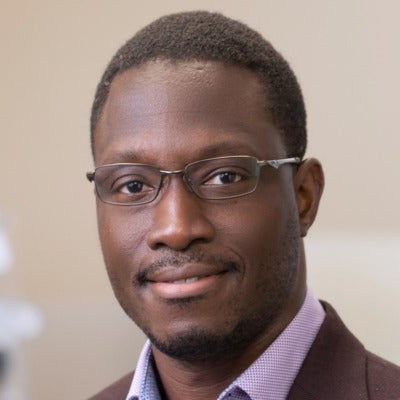
Dr. Onyema Ogbuagu, MBBCh, is an Associate Professor at Yale School of Medicine and an infectious disease specialist who treats COVID-19 patients and leads Yale’s clinical studies around COVID-19. He ran Yale’s trial of the Pfizer/BioNTech vaccine.
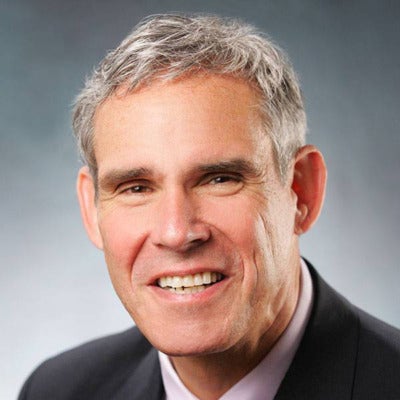
Dr. Eric Topol, M.D., is a cardiologist, scientist, professor of molecular medicine, and the director and founder of Scripps Research Translational Institute. He has led clinical trials in over 40 countries with over 200,000 patients and pioneered the development of many routinely used medications.
This event is the fourth of a four-part series co-hosted by Leaps.org, the Aspen Institute Science & Society Program, and the Sabin–Aspen Vaccine Science & Policy Group, with generous support from the Gordon and Betty Moore Foundation and the Howard Hughes Medical Institute.
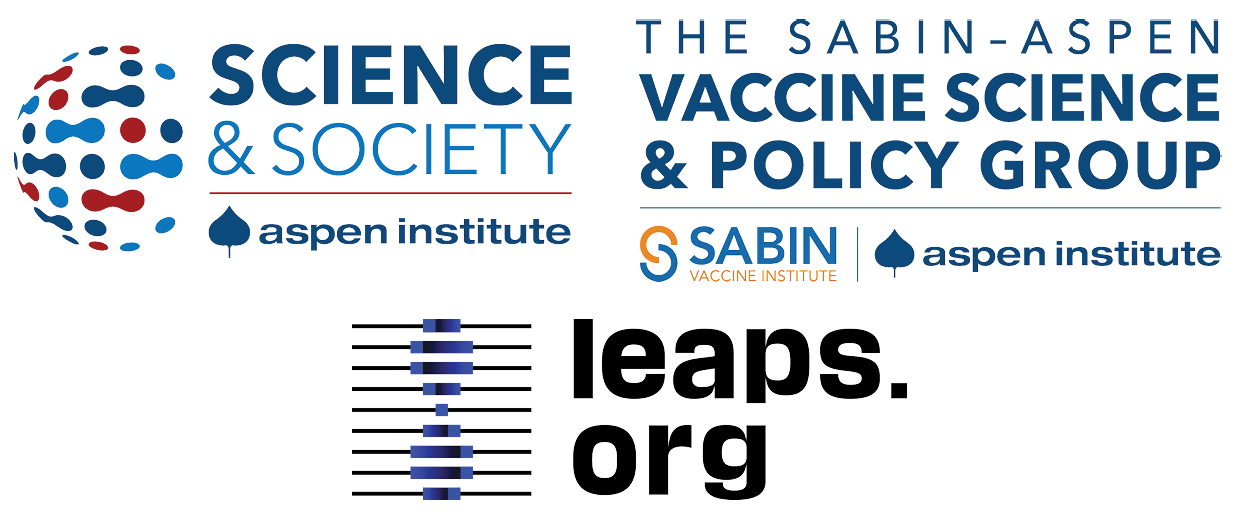
Kira Peikoff was the editor-in-chief of Leaps.org from 2017 to 2021. As a journalist, her work has appeared in The New York Times, Newsweek, Nautilus, Popular Mechanics, The New York Academy of Sciences, and other outlets. She is also the author of four suspense novels that explore controversial issues arising from scientific innovation: Living Proof, No Time to Die, Die Again Tomorrow, and Mother Knows Best. Peikoff holds a B.A. in Journalism from New York University and an M.S. in Bioethics from Columbia University. She lives in New Jersey with her husband and two young sons. Follow her on Twitter @KiraPeikoff.
This Dog's Nose Is So Good at Smelling Cancer That Scientists Are Trying to Build One Just Like It
Claire Guest, co-founder of Medical Detection Dogs, with Daisy, whom she credits with saving her life.
Daisy wouldn't leave Claire Guest alone. Instead of joining Guest's other dogs for a run in the park, the golden retriever with the soulful eyes kept nudging Guest's chest, and stared at her intently, somehow hoping she'd get the message.
"I was incredibly lucky to be told by Daisy."
When Guest got home, she detected a tiny lump in one of her breasts. She dismissed it, but her sister, who is a family doctor, insisted she get it checked out.
That saved her life. A series of tests, including a biopsy and a mammogram, revealed the cyst was benign. But doctors discovered a tumor hidden deep inside her chest wall, an insidious malignancy that normally isn't detected until the cancer has rampaged out of control throughout the body. "My prognosis would have been very poor," says Guest, who is an animal behavioralist. "I was incredibly lucky to be told by Daisy."
Ironically, at the time, Guest was training hearing dogs for the deaf—alerting them to doorbells or phones--for a charitable foundation. But she had been working on a side project to harness dogs' exquisitely sensitive sense of smell to spot cancer at its earliest and most treatable stages. When Guest was diagnosed with cancer two decades ago, however, the use of dogs to detect diseases was in its infancy and scientific evidence was largely anecdotal.
In the years since, Guest and the British charitable foundation she co-founded with Dr. John Church in 2008, Medical Detection Dogs (MDD), has shown that dogs can be trained to detect odors that predict a looming medical crisis hours in advance, in the case of diabetes or epilepsy, as well as the presence of cancers.
In a proof of principle study published in the BMJ in 2004, they showed dogs had better than a 40 percent success rate in identifying bladder cancer, which was significantly better than random chance (14 percent). Subsequent research indicated dogs can detect odors down to parts per trillion, which is the equivalent of sniffing out a teaspoon of sugar in two Olympic size swimming pools (a million gallons).
American scientists are devising artificial noses that mimic dogs' sense of smell, so these potentially life-saving diagnostic tools are widely available.
But the problem is "dogs can't be scaled up"—it costs upwards of $25,000 to train them—"and you can't keep a trained dog in every oncology practice," says Guest.
The good news is that the pivotal 2004 BMJ paper caught the attention of two American scientists—Andreas Mershin, a physicist at MIT, and Wen-Yee Yee, a chemistry professor at The University of Texas at El Paso. They have joined Guest's quest to leverage canines' highly attuned olfactory systems and devise artificial noses that mimic dogs' sense of smell, so these potentially life-saving diagnostic tools are widely available.
"What we do know is that this is real," says Guest. "Anything that can improve diagnosis of cancer is something we ought to know about."
Dogs have routinely been used for centuries as trackers for hunting and more recently, for ferreting out bombs and bodies. Dogs like Daisy, who went on to become a star performer in Guest's pack of highly trained cancer detecting canines before her death in 2018, have shared a special bond with their human companions for thousands of years. But their vastly superior olfaction is the result of simple anatomy.
Humans possess about six million olfactory receptors—the antenna-like structures inside cell membranes in our nose that latch on to the molecules in the air when we inhale. In contrast, dogs have about 300 million of them and the brain region that analyzes smells is, proportionally, about 40 times greater than ours.
Research indicates that cancerous cells interfere with normal metabolic processes, prompting them to produce volatile organic compounds (VOCs), which enter the blood stream and are either exhaled in our breath or excreted in urine. Dogs can identify these VOCs in urine samples at the tiniest concentrations, 0.001 parts per million, and can be trained to identify the specific "odor fingerprint" of different cancers, although teaching them how to distinguish these signals from background odors is far more complicated than training them to detect drugs or explosives.
For the past fifteen years, Andreas Mershin of MIT has been grappling with this complexity in his quest to devise an artificial nose, which he calls the Nano-Nose, first as a military tool to spot land mines and IEDS, and more recently as a cancer detection tool that can be used in doctors' offices. The ultimate goal is to create an easy-to-use olfaction system powered by artificial intelligence that can fit inside of smartphones and can replicate dogs' ability to sniff out early signs of prostate cancer, which could eliminate a lot of painful and costly biopsies.
Trained canines have a better than 90 percent accuracy in spotting prostate cancer, which is normally difficult to detect. The current diagnostic, the prostate specific antigen test, which measures levels of certain immune system cells associated with prostate cancer, has about as much accuracy "as a coin toss," according to the scientist who discovered PSA. These false positives can lead to unnecessary and horrifically invasive biopsies to retrieve tissue samples.
So far, Mershin's prototype device has the same sensitivity as the dogs—and can detect odors at parts per trillion—but it still can't distinguish that cancer smell in individual human patients the way a dog can. "What we're trying to understand from the dogs is how they look at the data they are collecting so we can copy it," says Mershin. "We still have to make it intelligent enough to know what it is looking at—what we are lacking is artificial dog intelligence."

The intricate parts of the artificial nose are designed to fit inside a smartphone.
At UT El Paso, Wen-Yee Lee and her research team has used the canine olfactory system as a model for a new screening test for prostate cancer, which has a 92 percent accuracy in tests of urine samples and could be eventually developed as a kit similar to the home pregnancy test. "If dogs can do it, we can do it better," says Lee, whose husband was diagnosed with prostate cancer in 2005.
The UT scientists used samples from about 150 patients, and looked at about 9,000 compounds before they were able to zero in on the key VOCs that are released by prostate cancers—"it was like finding a needle in the haystack," says Lee. But a more reliable test that can also distinguish which cancers are more aggressive could help patients decide their best treatment options and avoid invasive procedures that can render them incontinent and impotent.
"This is much more accurate than the PSA—we were able to see a very distinct difference between people with prostate cancer and those without cancer," says Lee, who has been sharing her research with Guest and hopes to have the test on the market within the next few years.
In the meantime, Guest's foundation has drawn the approving attention of royal animal lovers: Camilla, the Duchess of Cornwall, is a patron, which opened up the charitable floodgates and helped legitimize MDD in the scientific community. Even Camilla's mother-in-law, Queen Elizabeth, has had a demonstration of these canny canines' unique abilities.

Claire Guest, and two of MDDs medical detection dogs, Jodie and Nimbus, meet with queen Elizabeth.
"She actually held one of my [artificial] noses in her hand and asked really good questions, including things we hadn't thought of, like the range of how far away a dog can pick up the scent or if this can be used to screen for malaria," says Mershin. "I was floored by this curious 93-year-old lady. Half of humanity's deaths are from chronic diseases and what the dogs are showing is a whole new way of understanding holistic diseases of the system."
Move Over, Iron Man. A Real-Life Power Suit Helped This Paralyzed Grandmother Learn to Run.
Puschel Sorensen undergoing physical therapy using Cyberdyne's hybrid assistive limb, left, and with her grandson while still in a wheelchair.
Puschel Sorensen first noticed something was wrong when her fingertips began to tingle. Later that day, she grew weak and fell.
It picked up small electrical impulses on her skin's surface and turned them into full movement in her legs.
Her family rushed her to the doctor, where she received the devastating diagnosis of Guillain-Barré Syndrome -- a rare and rapidly progressing autoimmune disorder that attacks the myelin sheath covering nerves.
Sorensen, a once-spry grandmother in her late fifties, spent 54 days in intensive care in 2018. When she was finally transferred to a rehab facility near her home in Florida, she was still on a feeding tube and ventilator, and was paralyzed from the neck down. Progress with traditional physical therapy was slow.

Sorensen in the hospital after her diagnosis of Guillain-Barré syndrome.
And then everything changed. Sorensen began using a cutting-edge technology called an exoskeleton to relearn how to walk. In the vein of Iron Man's fictional power suit, it confers strength and mobility to the wearer that isn't possible otherwise. In Sorensen's case, her device, called HAL – for hybrid assistive limb -- picked up small electrical impulses on her skin's surface and turned them into full movement in her legs while she attempted to walk on a treadmill.
"It was very difficult, but super awesome," recalls Sorensen, of first using the device. "The robot was having to do all the work for me."
Amazingly, within a year, she was running. She's one of 38 patients who have used HAL to recover from accidents or medical catastrophes.
"How do you thank someone for giving them back the ability to walk, the ability to live your life again?" Sorensen asks effusively.
It's still early days for such exoskeleton devices, which number perhaps a few thousand worldwide, according to data from the handful of manufacturers who create them with any scale. But the devices' ability to dramatically rehabilitate patients like Sorensen highlights their potential to extract untold numbers of people from wheelchairs, and even to usher in a new paradigm for caregiving – one of the fastest growing segments of the U.S. economy.
"I've been a physical therapist for 16 years, and (these devices) help teach patients the right way to move in rehabilitation," says Robert McIver, director of clinical technology at the Brooks Cybernic Treatment Center, part of the Brooks Rehabilitation Hospital in Jacksonville, Fla, where Sorensen recovered.
Another patient there, a 17-year-old named George with a snowboarding injury that paralyzed his legs, was getting around with a walker within 20 sessions.
As patients progress in their recoveries, so does exoskeleton technology. Jack Peurach, CEO of Ekso, one of the leaders in the space, believes within a decade they could resemble an article of clothing (a "magic pair of pants" is his phrase). They also may become inexpensive and reliable enough to transition from a medical to a consumer device. McIver sees them eventually being used in the home on an ongoing basis as a personal assistive device, much like a walker or cane, to prevent falls in elderly people.
Such a transition "certainly could eventually lessen the need for caregivers," says Sharona Hoffman, a professor of law at Case Western University in Cleveland who has written extensively on aging and bioethics. "We have a real shortage of caregivers, so that would be a good thing."
Of course, having an aging and disabled population using exoskeletons in much the same way as an Apple Watch raises issues of its own.
Dr. Elizabeth Landsverk, a California-based geriatrician and founder of a company that performs house calls for elderly patients, believes the tech holds some promise in easing the burden on caregivers, who sometimes have to lift or move patients without assistance. But she also believes exoskeletons could become overhyped.
"I don't see robotics as completely replacing the caregiver," she says. And even if exoskeletons became akin to articles of clothing, she is skeptical of how convenient they could become.
"It's hard enough to get into support hose. Would an older person be able to get in and out of it on their own?" she asks, noting that a patient's cognitive levels could pose a huge barrier to donning such a device without assistance.
If personal exoskeletons did wildly succeed, Hoffman wonders whether they would leave the elderly more physically mobile yet also more socially isolated, since caregivers or even residing in an assisted living facility may no longer be required. Or, if they were priced in the hundreds or thousands of dollars, he worries that the cost would exacerbate social inequalities among the elderly and disabled.
"It's almost like a bad dream that [my illness] happened."
With any technology that confers superhuman ability, there's also the question of appropriate usage. Even the fictional Power Loader in the movie Alien required an operator's license. In the real world, such an approach would likely pay dividends.
"We would have to make sure physicians are well-trained in these devices, and patients have a way of getting training to operate them that is thorough and responsible," Hoffman says.
But despite some unresolved questions, it is a remarkable achievement to be able to give people back their lives thanks to new technology.
"It's almost like a bad dream that [my illness] happened," says Sorensen, who managed to walk in her daughter's wedding after her recovery. "Because now everything is pretty much back to normal and it's awesome."



